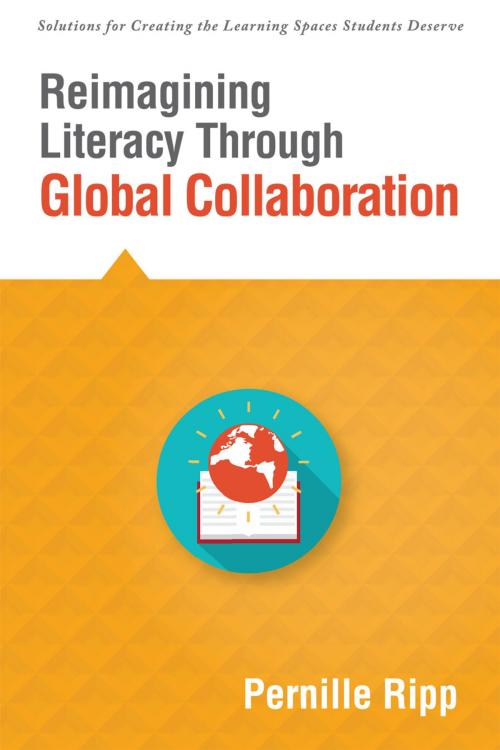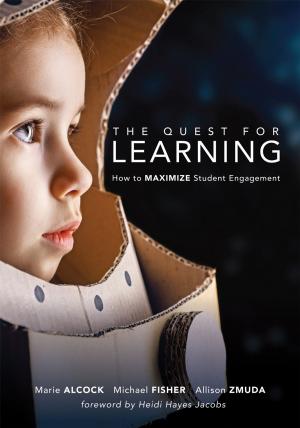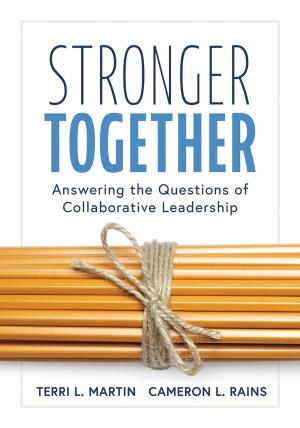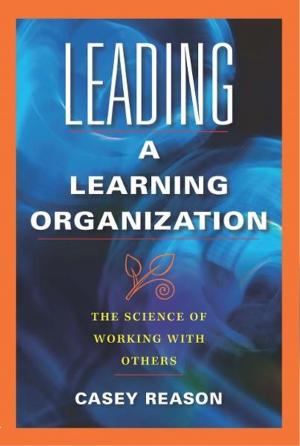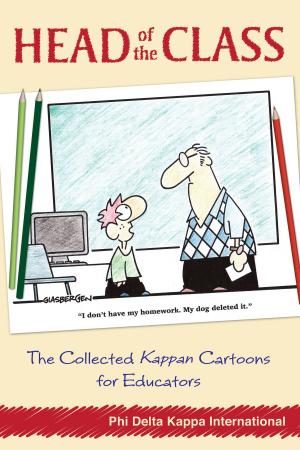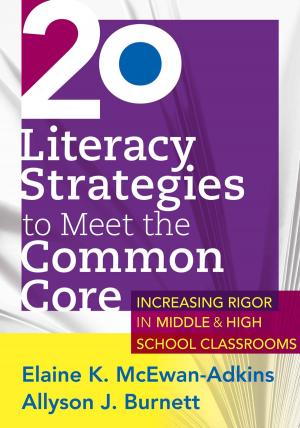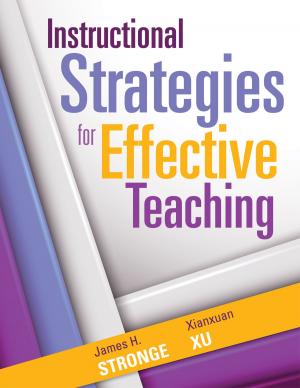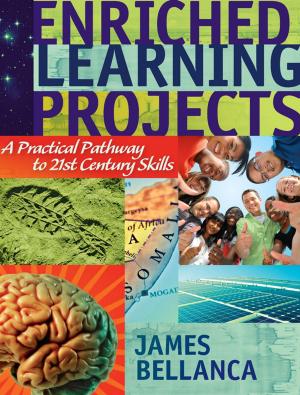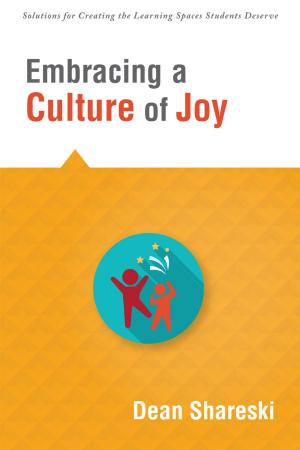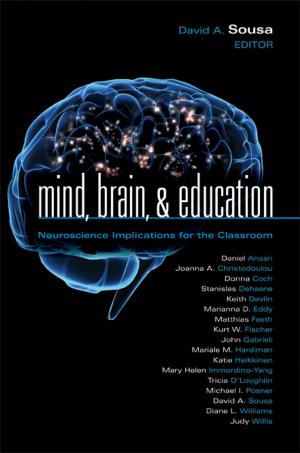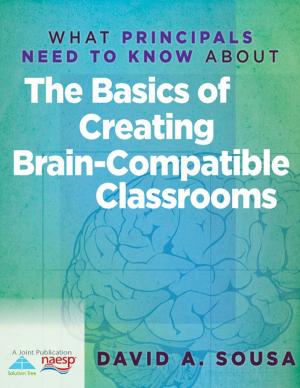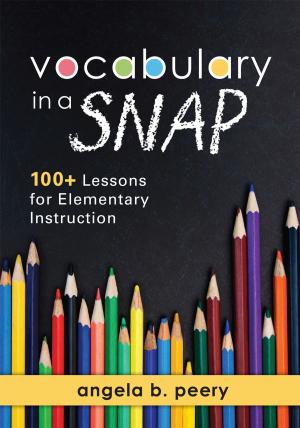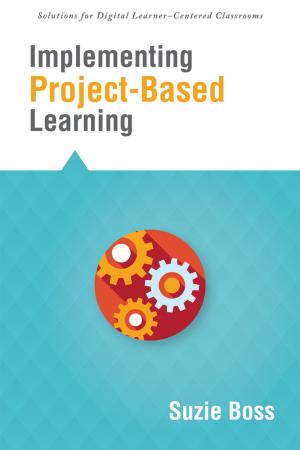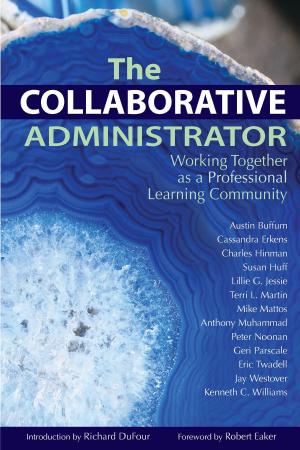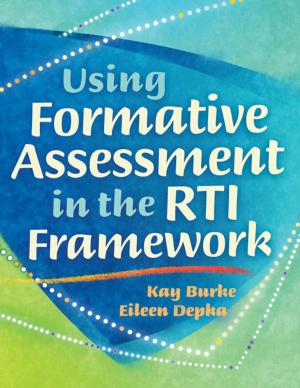Reimagining Literacy Through Global Collaboration
create globally literate K–12 classrooms with this Solutions Series book
Nonfiction, Reference & Language, Education & Teaching, Teaching, Teaching Methods| Author: | Pernille Ripp | ISBN: | 9781945349294 |
| Publisher: | Solution Tree Press | Publication: | December 2, 2016 |
| Imprint: | Solution Tree Press | Language: | English |
| Author: | Pernille Ripp |
| ISBN: | 9781945349294 |
| Publisher: | Solution Tree Press |
| Publication: | December 2, 2016 |
| Imprint: | Solution Tree Press |
| Language: | English |
Prepare your students to adapt and thrive in the world beyond their classroom. This how-to guide offers strategies for how to establish classrooms that give students globally connected literacy experiences. Learn why students must create school projects aimed at an authentic audience beyond school walls, and plan for more purposeful opportunities for students to engage with what they learn and create. You’ll discover how to use readily available technology tools to create environments where students gain 21st century skills, collaborate with others around the globe, and realize that their work matters.
Benefits
- Examine the key features of an authentic global collaboration experience and the benefits of a globally connected classroom.
- Gain tips for creating authentic and successful global collaborative projects.
- Discover what steps you can take immediately to foster global literacy classrooms.
- Consider classroom situations that illustrate the global literacy environment at work.
- Answer reflection questions to contemplate how you will apply the ideas and literacy strategies covered in this book.
Contents
Foreword
Introduction
Chapter 1: Global Collaboration for Literacy
Chapter 2: Three Paths to Global Collaboration
Chapter 3: Global Connections With an Authentic Audience
Chapter 4: Students as Creators, Not Just Producers
Conclusion
References and Resources
Prepare your students to adapt and thrive in the world beyond their classroom. This how-to guide offers strategies for how to establish classrooms that give students globally connected literacy experiences. Learn why students must create school projects aimed at an authentic audience beyond school walls, and plan for more purposeful opportunities for students to engage with what they learn and create. You’ll discover how to use readily available technology tools to create environments where students gain 21st century skills, collaborate with others around the globe, and realize that their work matters.
Benefits
- Examine the key features of an authentic global collaboration experience and the benefits of a globally connected classroom.
- Gain tips for creating authentic and successful global collaborative projects.
- Discover what steps you can take immediately to foster global literacy classrooms.
- Consider classroom situations that illustrate the global literacy environment at work.
- Answer reflection questions to contemplate how you will apply the ideas and literacy strategies covered in this book.
Contents
Foreword
Introduction
Chapter 1: Global Collaboration for Literacy
Chapter 2: Three Paths to Global Collaboration
Chapter 3: Global Connections With an Authentic Audience
Chapter 4: Students as Creators, Not Just Producers
Conclusion
References and Resources
